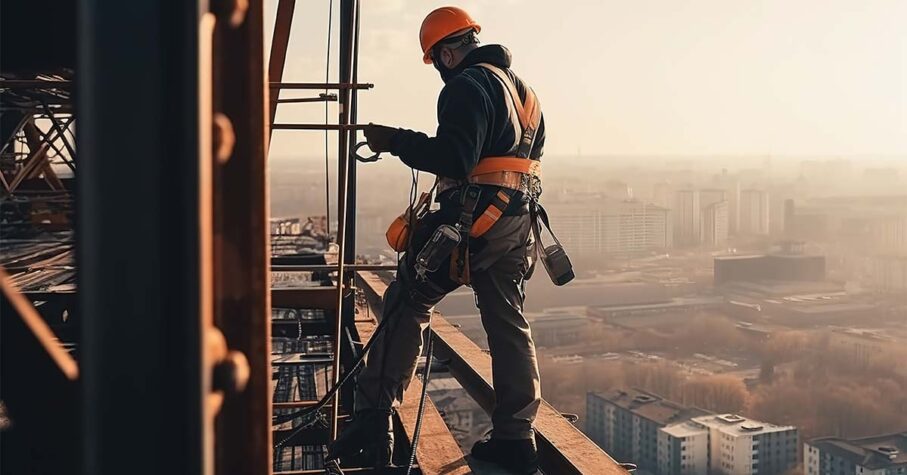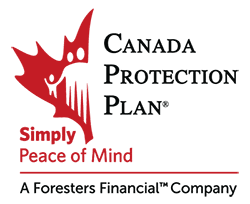
Not everyone who applies for life insurance is approved. Several factors determine whether an application will go through and how high the premiums on the policy will be. Age and health status are two of the most important factors, but the applicant’s occupation can also enter into the equation.
If you have a dangerous profession, your insurance premiums will be higher than someone who does not have that type of job, all other things being equal. Below, we will discuss the impacts of high-risk jobs on life insurance and what options are available for people with these occupations.
Why High-Risk Occupations Make It Harder to Get Insurance
Insurance companies rely on life expectancy information to determine if they will approve a policy and how they will price it. The underlying rationale is as follows: if an applicant passes away a few months after buying a policy, the insurance company will only have received a few premium payments, but they will still need to you pay out the full death benefit, resulting in a financial loss for them. Of course, life insurance companies don’t know when any individual will pass away: they use decades of historical data to calculate the impact of a host of risk factors, such as age and tobacco use, on life expectancy.
High-risk jobs have a higher rate of fatal injuries and illnesses, meaning that people with those jobs have a shorter life expectancy on average. As a result, their applications are less likely to be approved and will be priced higher if they are.
What is Considered a High-Risk Occupation?
Designation of an occupation as high risk is based on historical data and risk factors of the work itself. These are the jobs that the insurance industry considers to be the most dangerous:
Commercial fishers
Fishing operations often take place in harsh weather conditions, including strong winds, heavy rain, and rough seas, making it difficult to navigate and control a fishing vessel, which can then lead to accidents and injuries. Fishers also work with heavy equipment such as winches and cranes, which can also cause injury or death if they malfunction.
Loggers
Logging is one of the most dangerous occupations in the world. Loggers face hazards from falls, falling trees, the use of heavy equipment, and working with logging trucks while they navigate unsurfaced roads. Loggers must also work under all weather conditions, which increases the potential for injury or death on this type of job.
Airline flight crew member
Airplane crashes, while rare, make working on a flight crew more dangerous, as does in-air turbulence. Fatigue and sleep deprivation are other common hazards faced by members of flight crews, who they must often deal with the effects of working across multiple time zones. Flight crew members are also exposed to higher levels of cosmic radiation than the average person. In fact, inflight personnel experience twice the rate of melanoma as the general population1, although it’s unclear if this is due to radiation exposure or another aspect of working in airplanes.
Roofers
Falls from roofs and ladders are a significant hazard in the roofing industry. Roofers must also work in all types of weather, including extreme heat, cold, and wind, which can lead to weather-related illnesses such as heat stroke and hypothermia. Burns from working with hot materials and injuries from working with sharp tools and materials such as nails and metal roofing are common among roofers. Roofers are also subject to respiratory problems from inhaling dust, fumes, and other airborne particles.
Farm workers
Farm work involves heavy machinery such as tractors, combines, and harvesters, which can be extremely dangerous, especially if they malfunction. Farmers also work with large animals and risk being kicked, beaten, or crushed by them. Exposure to chemicals such as fertilizers, pesticides, and herbicides is common in farm environments. Finally, farm owners face significant psychological stress from working long hours and facing financial risks, all while dealing with the pressures of running a business.
Construction and industrial workers
Working in construction or an industrial setting often involves working at heights, such as on ladders, scaffolding, or elevated platforms. Heavy equipment such as cranes, bulldozers, excavators, forklifts, and industrial machines is often involved in these occupations, increasing the risk of injury or death. Construction workers, in particular, face the risk of being buried or crushed during an excavation.
Iron and steel workers
These occupations often involve working at heights. They may also work with hazardous chemicals, materials, or processes, which can result in respiratory problems and burn injuries. Because they work with large, heavy materials and equipment, they also face a higher risk of being struck by falling or swinging objects. If your job title is clearly affiliated with iron and steel work, such as “High Rise Steel Worker” or “Smelter,” you may end up paying the higher rates that workers in this category pay, but if your job title is less specific, you may benefit from being assigned to the relatively lower-risk category of construction and industrial workers.
Drivers
Working as a driver can involve a range of hazards and risks depending on the type of vehicle, the load they are carrying, and the environments they work in. Some common dangers that commercial drivers may face are vehicle accidents, poor road conditions, loading and unloading hazards, fatigue (in the case of long-haul drivers), and exposure to harmful substances.
Waste management workers
People who collect garbage, recycling, and compostable waste face numerous hazards, including being struck by falling objects, exposure to hazardous substances, slipping and falling on uneven surfaces, and being hit by their own vehicle or another vehicle while doing collections. Poor weather conditions can exacerbate all of these risks.
Electric power line installers/repairers
Also called lineworkers, people who install and repair electric power lines are at high risk of electrocution, as well as falls, burns, weather-related illnesses, being struck by falling objects, and being struck by vehicles while working next to the road.
If you have a high-risk job, you already know you face a greater chance of a fatal injury or accident. Should this happen to you, will your family be able to manage without your income? Life insurance can provide the safety net they need for things like funeral costs, mortgage payments, and tuition fees, protecting them from potentially struggling with finances if you pass away.
Your hazardous occupation can also make it more challenging to get coverage. However, it is not impossible: Canada Protection Plan insures many people with high-risk occupations. We carry both term and whole (permanent) life insurance policies, all of which are no-medical or simplified issue, meaning that you don’t have to worry if you have pre-existing conditions. Contact us today to talk to one of our insurance advisors about your insurance needs. Let’s get you covered.

BLG-0523
SOURCES:
- 1 The Risk of Melanoma in Airline Pilots and Cabin Crew: https://jamanetwork.com/journals/jamadermatology/fullarticle/1899248







